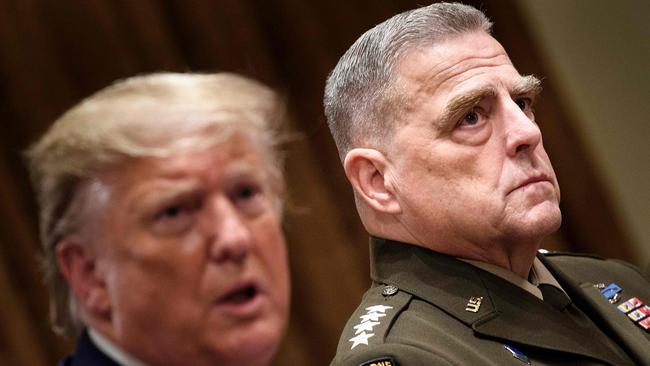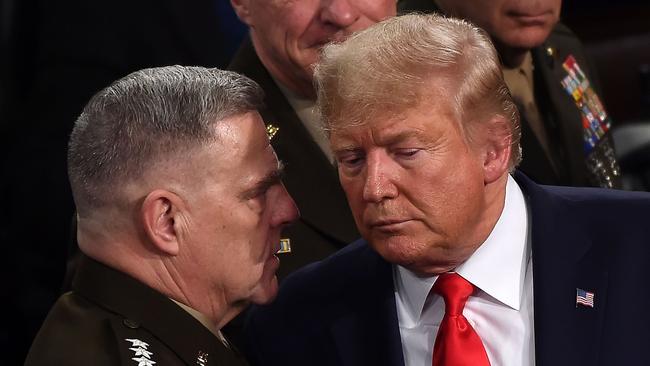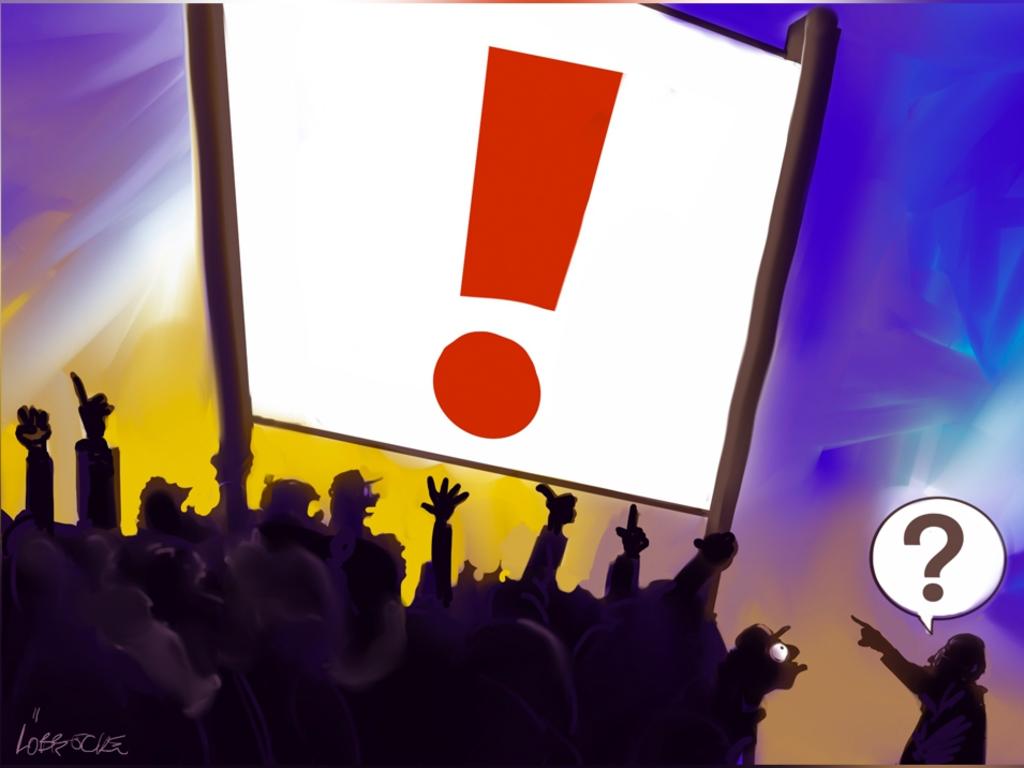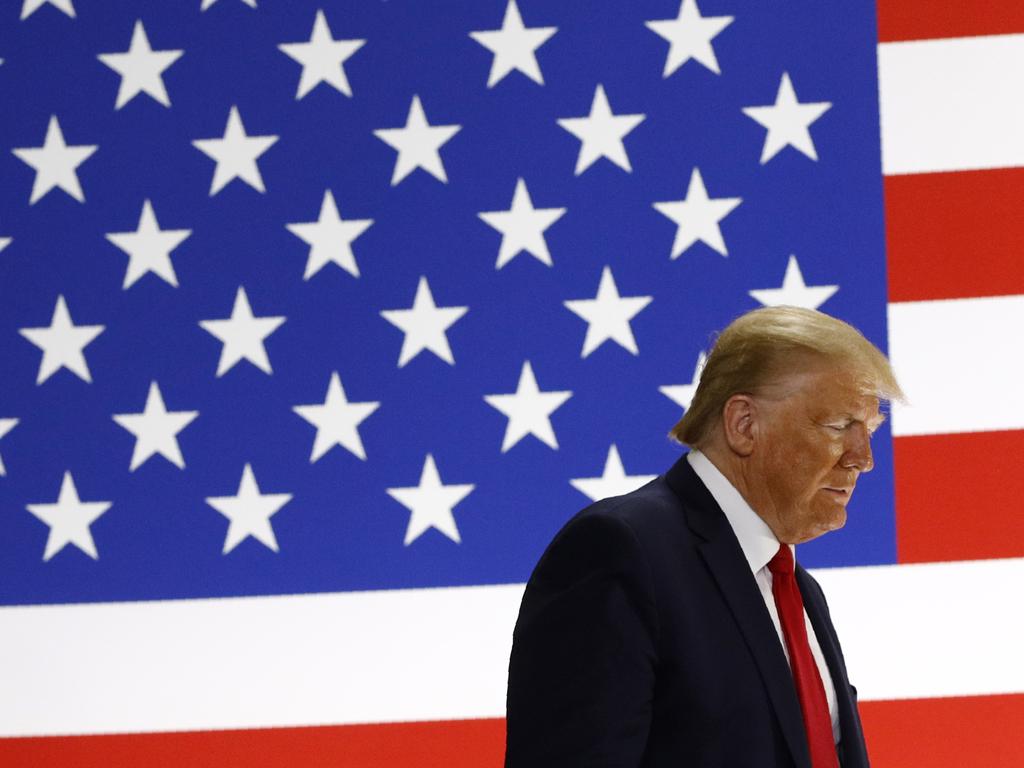US protests: Military chief says he was wrong being at Donald Trump’s church photo shoot
America’s top general says he was wrong to appear with Donald Trump in a photo near the White House after protesters were cleared.
The United States’s highest ranking military officer says he was wrong to appear with President Trump at a photo session near the White House that was held after federal law enforcement and National Guardsmen forcibly cleared the area of peaceful protesters.
The apology by Army General Mark Milley, chairman of the Joint Chiefs of Staff, represented a new fissure between Donald Trump and military leaders amid protests that followed the death of George Floyd, an unarmed man black who was killed on May 25 by a white Minneapolis police officer kneeling on his neck.
General Milley said his appearance as part of a group of officials who accompanied Mr Trump at the photo opportunity last week created a perception that the military is “involved in domestic politics.”
“I should not have been there,” General Milley said in a pre-recorded speech at National Defence University in Washington, DC. “My presence in that moment and in that environment created a perception of the military involved in domestic politics. As a commissioned uniformed officer, it was a mistake that I have learned from. And I sincerely hope we all can learn from it.” General Milley’s first public comments about the incident came 10 days after the June 1 public appearance by Mr Trump outside the White House with an entourage that included General Milley and Defence Secretary Mark Esper.
White House officials didn’t immediately respond to a request for comment. General Milley drew support in his stance from a key Republican senator, Lindsey Graham of South Carolina, who has long advised Mr Trump on military and other matters.
Mr Esper and General Milley last week both opposed a proposal by Mr Trump to invoke the 1807 Insurrection Act to send federal active-duty military troops into American cities during the protests. Mr Esper, The Wall Street Journal reported, was nearly fired over his opposition.
Mr Trump also moved Wednesday to quell military discussions about dropping the names of Confederate officers from 10 US bases.

The US military has a tradition of remaining an apolitical institution. The sight of its highest-ranking military officer participating in a photo opportunity at the height of the protests outraged some within the military. In a letter to the 2020 graduating class of the United States Military Academy, scores of alumni warned that their leaders could fail them.
“Sadly, the government has threatened to use the Army in which you serve as a weapon against fellow Americans engaging in these legitimate protests,” the alumni wrote. “Worse, military leaders, who took the same oath you take today, have participated in politically charged events.” Mr Trump is set to address the graduates on Saturday.
General Milley last week issued a memorandum to US forces, reminding them of their oath to defend the Constitution, though he made no mention of Mr Floyd. On Thursday, General Milley said he was “outraged” by Mr Floyd’s death. A Minneapolis police officer has been charged with second- and third-degree murder, and three other officers are facing criminal charges.
“What we are seeing is the long shadow of our original sin in Jamestown 401 years ago — liberated by the Civil War but not equal in the eyes of the law until 100 years later in 1965,” said General Milley, referring to black slavery and the Jim Crow era.
Mr Trump often expresses admiration for what he calls “my military,” but has differed with military leaders on a range of issues during his term in office. Many military leaders disagreed with Mr Trump’s decision to bar transgender people from serving in the military; his decision to abandon longtime US partners in northern Syria; and his intervention in the case of a Navy SEAL charged with war crimes, leading to the forced resignation of the secretary of the Navy.
The White House also has drawn ire from the military over the speed and scale of the redeployment of U.S. forces in Afghanistan and the move to hide the presence of the damaged USS John McCain in Japan during a presidential visit last year. Mr Trump’s desire to have a large military parade was resisted by military officials and that plan ultimately was scaled down.

This month’s events put the Pentagon in the middle of a heightened political battle over citizens’ constitutional right to assemble, experts said.
“The past clashes between the military and the president collided with last week’s events, because they highlight the ignorance and misunderstanding of the president over the proper use of the military,” said Richard Kohn, a professor emeritus of history at the University of North Carolina at Chapel Hill and a former chief historian of the Air Force. “The military is a neutral servant of the state and has to remain so. The military knows this most of all.” Mr Esper last week said he didn’t know Mr Trump was planning to hold a photo session at St. John’s Church, across Lafayette Square from the White House. Federal law enforcement officers along with National Guard troops forcibly moved protesters from the area just before Mr Trump and other officials and relatives walked to the church.
Mr Trump drew widespread criticism for the photo session and for calling for the use of active duty federal troops. His former defense secretary, Jim Mattis, was among those who publicly condemned Mr Trump.
The dispute over Confederate base names this week pits Mr Trump against military commanders who said they wanted to consider the changes.
Lawmakers have joined the debate, with a Senate committee on Wednesday approving an amendment behind closed doors to the 2021 National Defense Authorisation Act that would require the Pentagon to remove the names of Confederate generals from military assets within three years, according to a person familiar with the matter. The amendment was offered by Senator Elizabeth Warren.
A House measure on Confederate names was introduced on Thursday. House Speaker Nancy Pelosi said she backed removing Confederate names from bases. House Minority Leader Kevin McCarthy told reporters that “it could be appropriate to change some” of the base names. “I’ll wait to see what comes out of the NDAA; not opposed to it, though,” he said.
Mr Trump on Thursday opposed the move in a Twitter message. “Hopefully our great Republican Senators won’t fall for this!” he wrote.
With Gordon Lubold
The Wall Street Journal







To join the conversation, please log in. Don't have an account? Register
Join the conversation, you are commenting as Logout